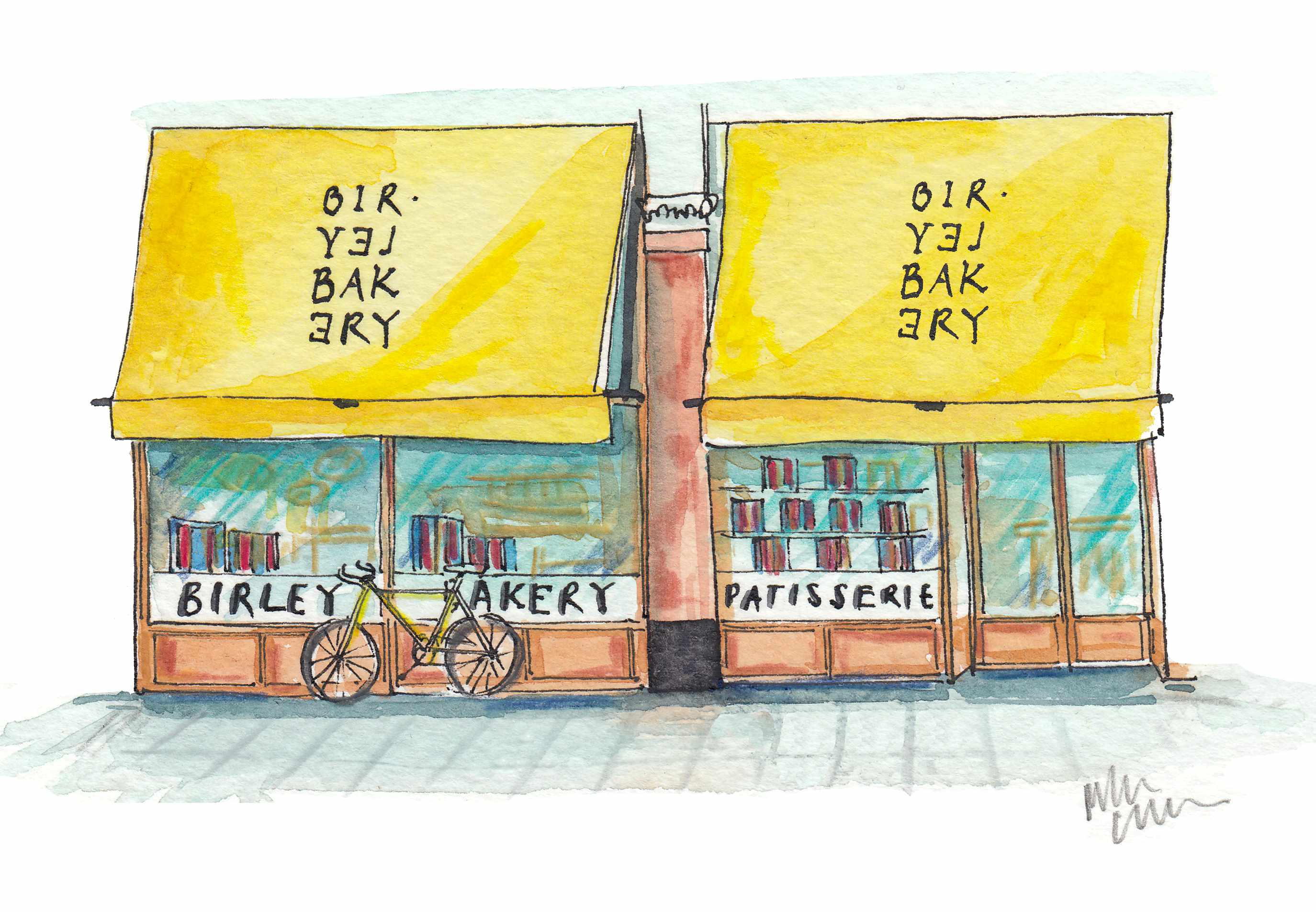Book Review: The Arts and Crafts Movement
In an exhaustive account of the idealism and range of the Arts-and-Crafts movement, Jeremy Musson finds lessons in excellence which are still relevant today.

The Arts And Crafts Movement, by Rosalind P.Blasekley (Phaidon Press, £39.95)
The Arts-and-Crafts movement was born in a spirit of recoil from the horrors of industrialisation, the cheap quality of produced goods and the miserable lives it created for factory workers in the early to mid 19th century. Pugin wrote about the morality of such working conditions, and was the first to write about ?honesty? in architecture. Both Ruskin and Morris celebrated honest workmanship and truth to materials, and championed the idea of the craftsman and vernacular building practices.
Rosalind Blakesley has written a fresh, meaty and finely illustrated account. She steers us effortlessly through the complex web of ideas which underlay their thinking, and the different communities of artists and thinkers who made up, in a loose sense, the movement. These included William Morris and his friends Burne-Jones and Rossetti, who in the 1860s were decorating the Red House designed by Philip Webb, and C. R. Ashbee?s Socialist-inspired Guild of Handicraft, which, after enjoying success in London, moved to Chipping Campden in 1902 during the Arts-and-Crafts migration, and folded in 1907. Sometimes, the Arts-and-Crafts idealism exceeded the reality. But the stripped-down, almost primitive, but handsome and comfortably detailed houses of Voysey and Baillie Scott, built in the early 1900s, stand at the centre of this story.
An English audience tends to underestimate the richness of the Arts-and-Crafts movement abroad. Dr Blakesley follows every lead, along the Baltic to Poland and Scandinavia and into Russia. She also explores the vibrancy of American Arts and Crafts, including the early works of Frank Lloyd Wright built around Illinois in about 1900.
The real Arts-and-Crafts movement did not long survive the First World War, although Dr Blakesley lists some of the specialist artist-craftsmen and guilds that do still operate today and have an influence on design thinking. She also sees an interesting parallel with the moral position of the original Arts-and-Crafts designers with today?s environmental concern about the quality of ingredients in modern food production, and the exploitation of Third World agricultural producers. It is an interesting twist to a fluent, well-told story.
Other books reviewed this week: Thomas Hardy, The Time Torn, Man and Calum's Road.
Sign up for the Country Life Newsletter
Exquisite houses, the beauty of Nature, and how to get the most from your life, straight to your inbox.
Country Life is unlike any other magazine: the only glossy weekly on the newsstand and the only magazine that has been guest-edited by HRH The King not once, but twice. It is a celebration of modern rural life and all its diverse joys and pleasures — that was first published in Queen Victoria's Diamond Jubilee year. Our eclectic mixture of witty and informative content — from the most up-to-date property news and commentary and a coveted glimpse inside some of the UK's best houses and gardens, to gardening, the arts and interior design, written by experts in their field — still cannot be found in print or online, anywhere else.
-
 'That’s the real recipe for creating emotion': Birley Bakery's Vincent Zanardi's consuming passions
'That’s the real recipe for creating emotion': Birley Bakery's Vincent Zanardi's consuming passionsVincent Zanardi reveals the present from his grandfather that he'd never sell and his most memorable meal.
By Rosie Paterson
-
 The Business Class product that spawned a generation of knock-offs: What it’s like to fly in Qatar Airways’ Qsuite cabin
The Business Class product that spawned a generation of knock-offs: What it’s like to fly in Qatar Airways’ Qsuite cabinQatar Airways’ Qsuite cabin has been setting the standard for Business Class travel since it was introduced in 2017.
By Rosie Paterson